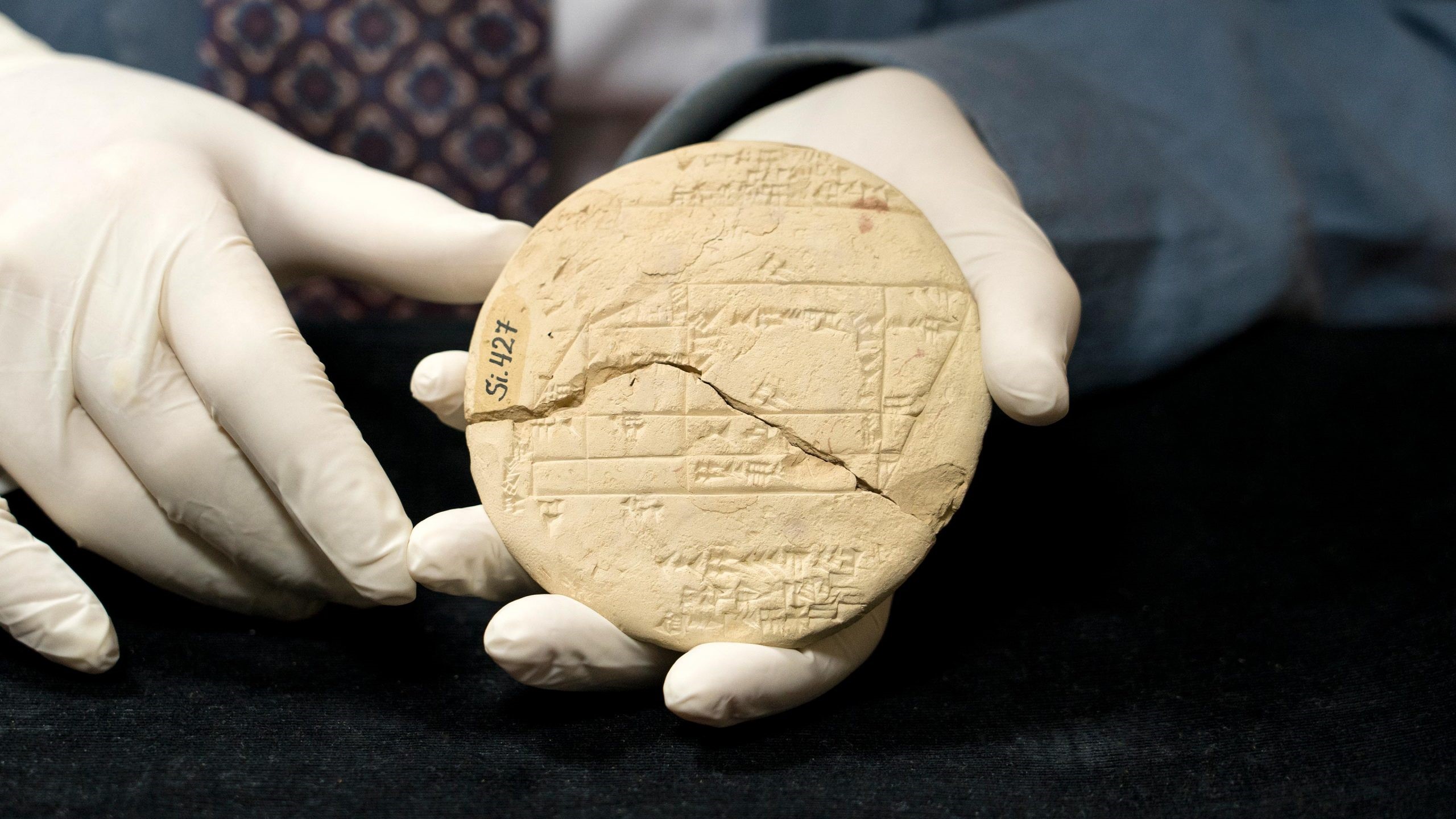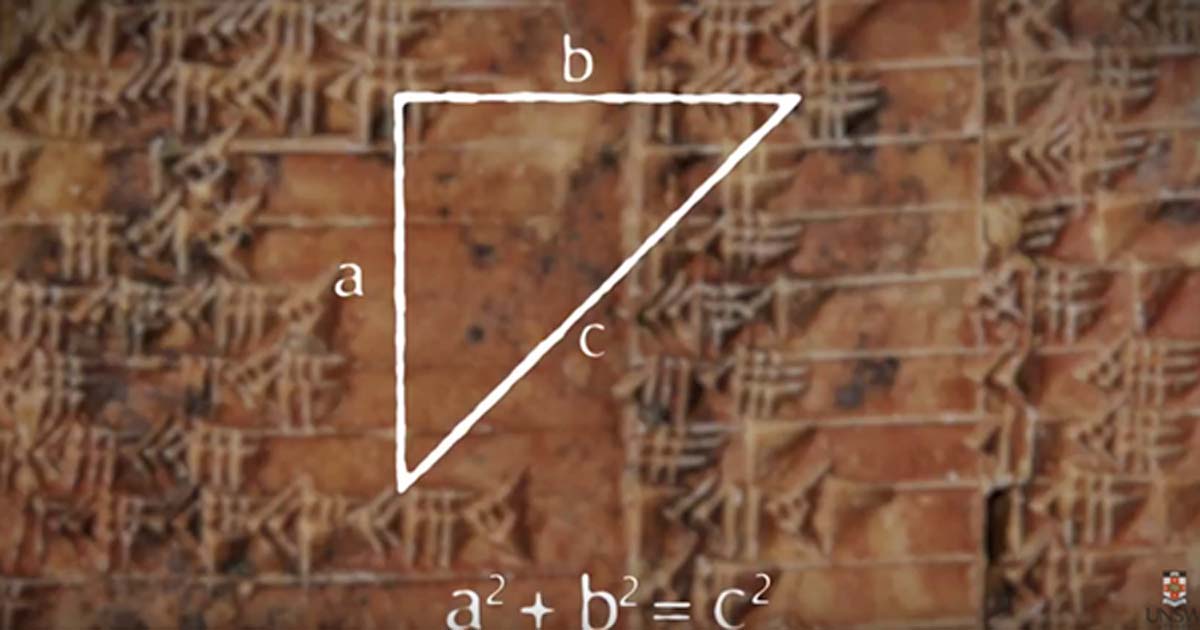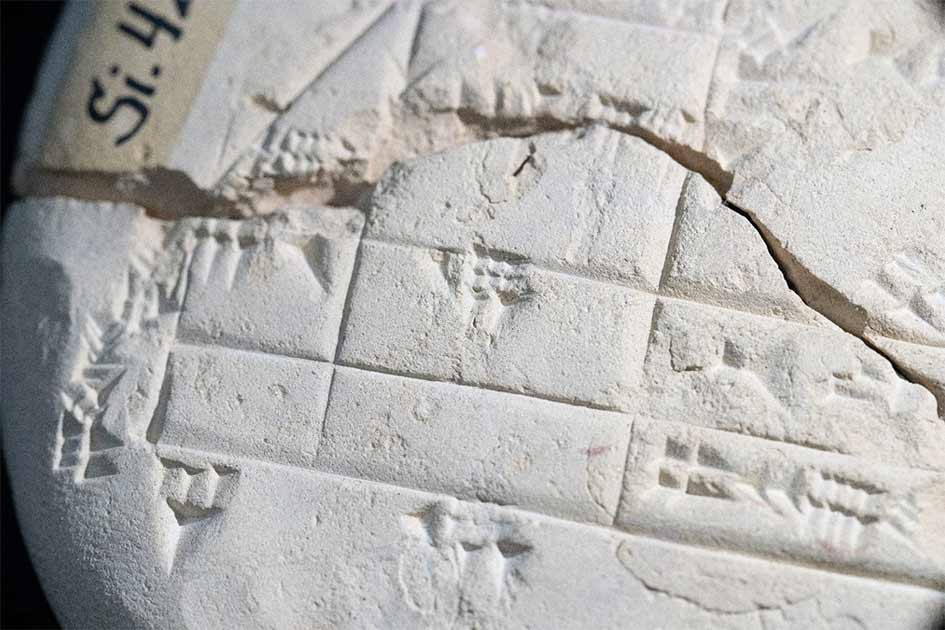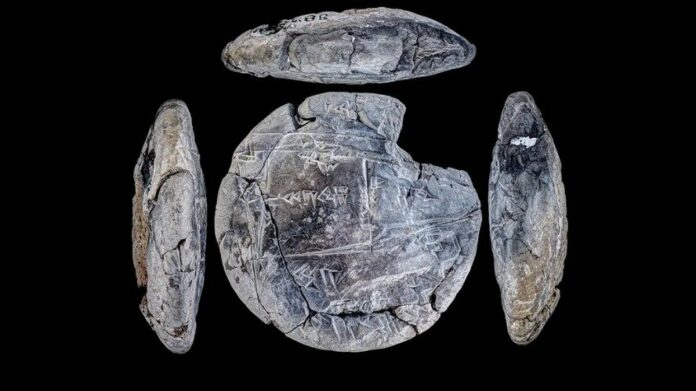The origins of mathematics are shrouded in mystery, with the earliest written records providing only glimpses into the geometric knowledge and surveying techniques of ancient civilizations. However, a remarkable archaeological discovery has unearthed the oldest known evidence of applied geometry – a clay tablet from ancient Babylon that predates the Pythagorean theorem by over a millennium.
The Babylonian Land Survey Tablet

The tablet in question, labeled Si427, was discovered in the Archaeological Museum of Istanbul. Engraved on the clay tablet are cuneiform characters that record the boundaries and dimensions of several plots of land. What makes this tablet so significant is that the measurements were calculated using Pythagorean triples and other trigonometric methods – techniques that were previously thought to have originated much later with the ancient Greek mathematician Pythagoras.
“What I transcribed on the clay tablet, proves that the ancient Babylonians knew many basic notions of geometry, including those related to the making of right-angled triangles by applying concepts to practical problems,” explains Daniel Mansfield, a mathematician from the University of New South Wales in Sydney who has studied the tablet.

The engravings on Si427 undoubtedly correspond to a long series of Pythagorean triples – sets of three integers that satisfy the Pythagorean theorem (a² + b² = c²). Specifically, the ancient surveyor had transcribed the calculations necessary to divide a plot of land into precise rectangles using the Pythagorean triples 3-4-5, 8-15-17, and 5-12-13.
Insights into Ancient Surveying Techniques

From the characteristics of the tablet, researchers have gained valuable insights into the surveying methods used by the Babylonians. The precision of the rectangles carved into the clay indicates that the surveyor was able to make highly accurate measurements in real-time, likely by tracing the lines on the tablet while physically on the land being surveyed.
One final mystery remains, however. The tablet also includes a number with a sexagesimal (base-60) notation, 25:29, whose meaning has yet to be deciphered. It could represent the area of another plot of land or a sequence of calculations, but for now, its purpose remains unknown.
The discovery of the Si427 tablet has fundamentally changed our understanding of the origins of geometry and trigonometry. By revealing that the ancient Babylonians were applying advanced mathematical concepts to practical surveying problems centuries before the time of Pythagoras, this artifact represents the oldest known evidence of applied geometry. The insights it provides into the surveying techniques and mathematical knowledge of this ancient civilization are a testament to the remarkable achievements of the Babylonians and the enduring legacy of their contributions to the field of mathematics.
